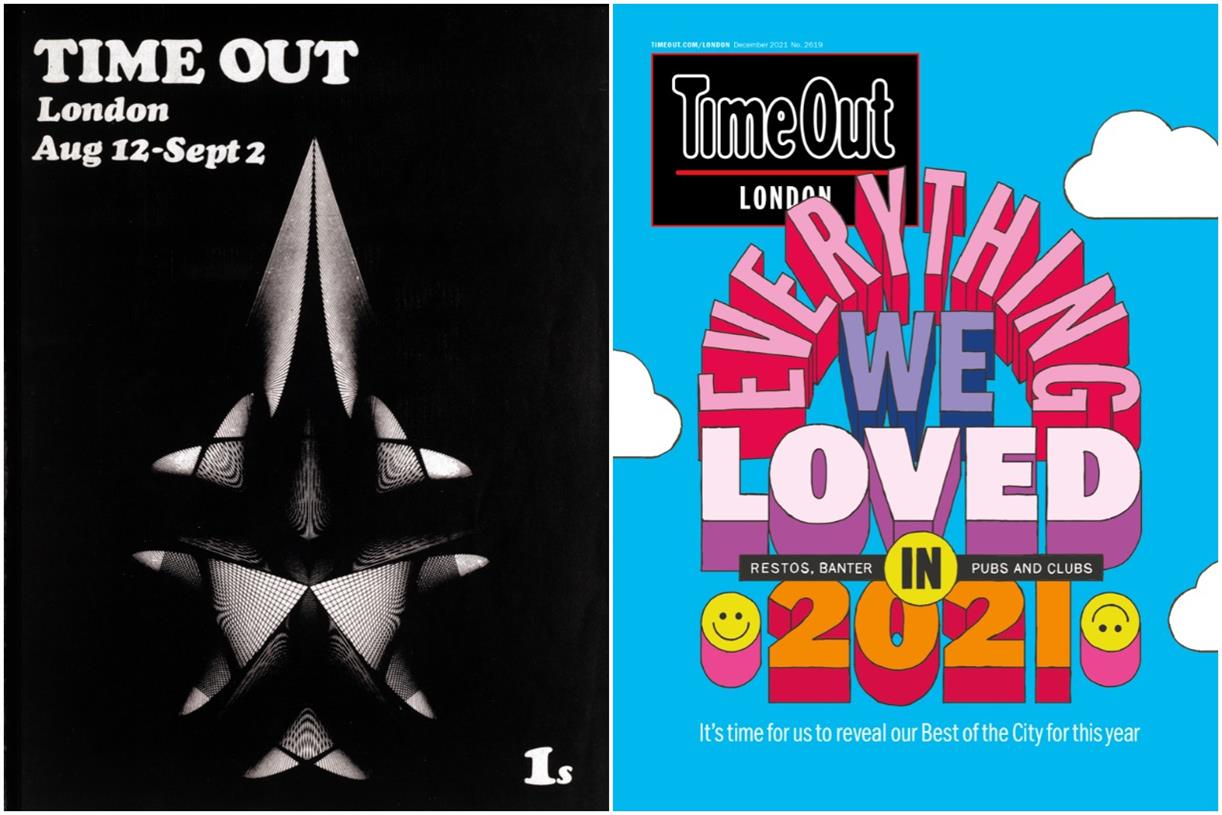Mastering Website Development Projects and Client Retention
Most agencies have experienced website development projects that didn’t go as planned, leaving clients dissatisfied and ready to share their negative experience with their peers. Identifying where things go wrong and implementing processes to mitigate issues is crucial. If...

Most agencies have experienced website development projects that didn’t go as planned, leaving clients dissatisfied and ready to share their negative experience with their peers.
Identifying where things go wrong and implementing processes to mitigate issues is crucial. If done right, you’ll have no shortage of loyal clients that will happily spread the word and help you acquire new clients.
BugHerd, a leading global provider of website feedback and bug tracking software, hosted a webinar featuring Bartley & Dick, an independent full-service marketing and creative agency based in NYC. The discussion focused on the strategies that have driven the agency’s success in the website development sector and their impressive client retention rate.
Watch the webinar on demand or read the key takeaways down below.
1. Make Sure You Understand Your Client’s Requirements and Nail the Brief
Understanding what the client wants is only part of the equation. Your initial goal should be to determine what they actually need in order to reach their business objectives.
Bartley & Dick initiate their process by sending clients a comprehensive Google form. This form allows clients to detail their needs, existing resources, budget, and timeline. Gathering this preliminary information is essential as it provides you with a clear understanding of client requirements, helps identify gaps, and facilitates effective planning.
Only then will you be able to put together a detailed and comprehensive brief which will be the foundation of your project.
2. What Does Success Look Like?
Make sure that all stakeholders agree on what success looks like, from a project deliverables and website perspective.
Develop a list of KPIs which cover the important project milestones (eg. key timelines, output, etc), as well as longer term objectives such as website traffic, lead generation, or enhanced user experience.
3. Onboard Your Clients Properly
Before the project begins, walk clients through the contract, set up timelines, and introduce your clients to your project management processes, as well as the project management tools that you will require them to use to keep everyone on the same page.
Tools such as ClickUp for internal tracking and Google Sheets for client-facing updates are great to streamline communication and make sure that everyone is up-to-date throughout the duration of the project.
4. Regular Check-Ins
During a website development project, no news is not necessarily good news, and it definitely doesn’t mean that all is on track. Setting up meetings with your clients every one to two weeks helps keep everyone aligned and greatly assists in promptly identifying and resolving issues that come up during a project.
These meetings review progress, discuss changes or roadblocks, and ensure the project stays on track, providing a regular forum for client feedback.
5. Transparent Scope Management
Changes are unavoidable in any project, but scope creep can rapidly disrupt progress.
A useful tactic to handle extra tasks is the ‘bucket of hours’ method. By allocating a specific number of hours for unforeseen work, you can effectively manage client expectations and maintain the project budget.
Should the extra work exceed the allocated hours, it’s crucial to be transparent with clients about the potential effects on deadlines and costs.
Opt for tools that clients find easy to use and avoid tools that demand technical expertise or are difficult to set up. Simple, user-friendly tools reduce the learning curve for clients and help maintain streamlined processes.
Bartley & Dick utilizes a mix of tools for their project management. The team is very mindful of using client-friendly tools that will also work well for their internal teams.
BugHerd is used to gather and manage website feedback from clients. Clients can access the platform without needing to log in and can pin their feedback directly on a webpage as they review it. This straightforward process makes it easy for the team to efficiently manage and track all feedback.Bartley & Dick use Google Sheets for client updates because it’s highly customizable, letting them tailor it perfectly to each client and project. With Google Sheets, they can easily outline timelines, deliverables, and key milestones, making the whole process smooth and efficient.
ClickUp serves as the primary project management tool for the Bartley & Dick team. They use ClickUp for managing tasks, tracking time, and collaborating internally.
The popular time tracking tool, Everhour, is connected to ClickUp in order to track time, create reports, and manage budgets directly within ClickUp.
7. Adapt to Client Needs
Remember that each client and each project is one-of-a-kind so it’s important to tailor your approach to match the client’s workflow, whether that involves delivering wireframes early on or taking a content-first approach.
Bartley & Dick adapt their methods to suit each client’s specific preferences, ensuring a personalized and effective process.
8. Stay In Touch with Your Clients
Keep your client relationships strong by staying actively engaged. Connect with clients on LinkedIn, engage with their posts, and show real interest in their achievements. Don’t forget to periodically touch base with inactive accounts to keep those connections warm and thriving.
9. Have Fun
Work should be fun for everyone involved, both your team and your clients. Creating a positive and friendly atmosphere can turn your meetings into the highlight of your client’s week. After all, people love working with those they enjoy being around.
In Conclusion
Successfully running website development projects involves a mix of clear communication, careful planning, the right tools, and strong client relationships.
Each project offers a learning opportunity, and there’s always room for improvement.
By laying a solid foundation, managing expectations well, and staying adaptable, agencies can deliver impressive results and ensure clients keep coming back for more.

 Troov
Troov 
































